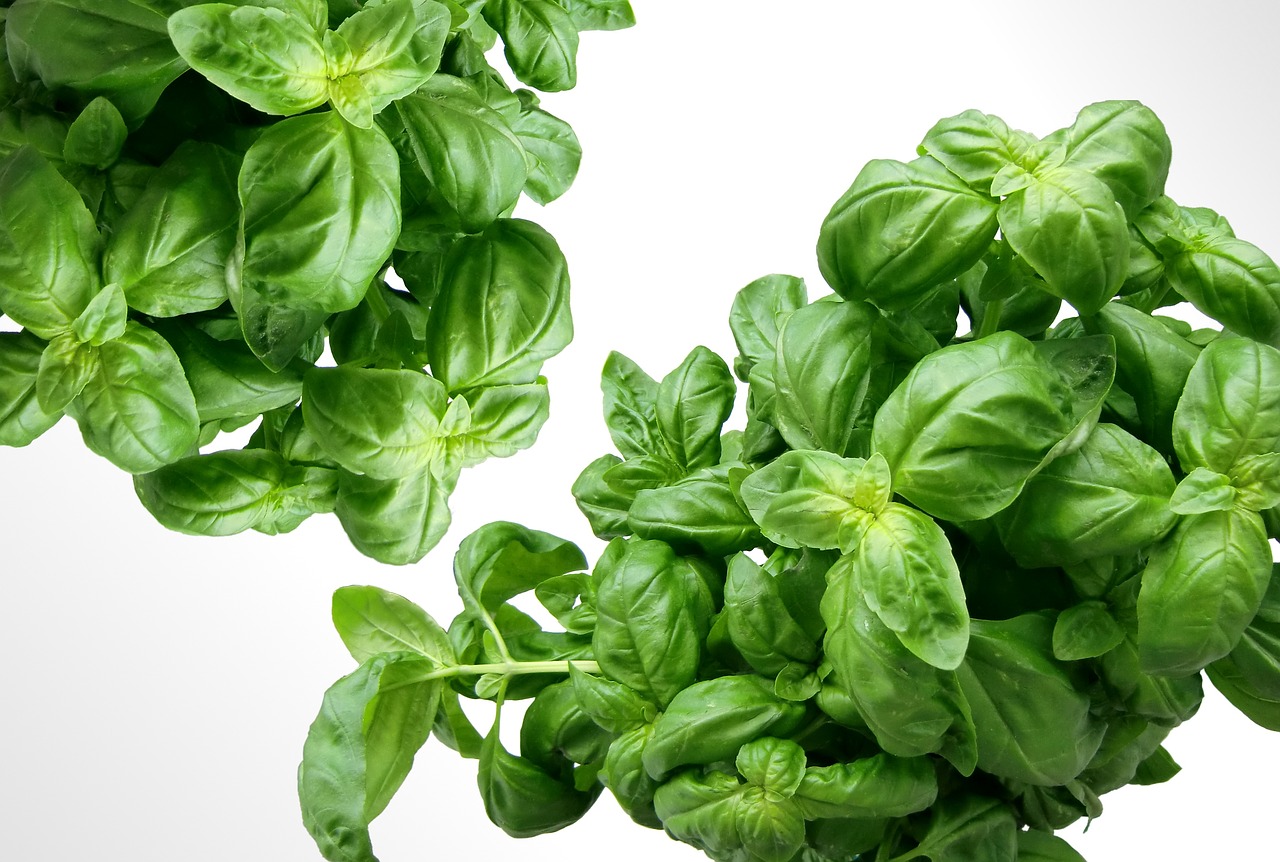“`html
The Ultimate Guide to Basil: Characteristics, Cultivation, and More
Basil, with its enchanting aroma and versatility, is a favorite among herb enthusiasts and chefs alike. Known scientifically as Ocimum basilicum, basil not only adds a delightful flavor to dishes but also comes with a rich history and a plethora of benefits. In this blog post, we will explore basil’s characteristics, how to grow and care for it, and delve into some fascinating facts about this wonderful herb.
Understanding Basil: Characteristics and Habitat
Basil is a member of the mint family, Lamiaceae, and is native to tropical regions from central Africa to Southeast Asia. It thrives in warm climates, making it a popular choice for summer gardens.
Physical Characteristics
Basil plants are known for their bright green leaves, which are soft to the touch and slightly serrated around the edges. Depending on the variety, basil can grow between 12 to 24 inches tall. The plant produces small, white flowers that are often pruned to preserve its flavor.
Symbolism and Meaning
Throughout history, basil has been a symbol of various cultural beliefs. In Italy, it represents love, while in India, it is regarded as sacred. Basil’s symbolism also extends to good luck and protection.
How to Grow Basil Successfully
Growing basil is relatively easy, whether you’re a seasoned gardener or a beginner. Here are the essential steps to ensure your basil thrives.

Choosing the Right Location
Basil requires full sun to grow optimally, so choose a spot that receives at least 6 to 8 hours of sunlight each day. Well-draining soil is also crucial to prevent root rot.
Planting Basil
- Seeds or Seedlings: You can start basil from seeds or buy young plants from a nursery. If starting from seeds, sow them indoors 6 weeks before the last spring frost.
- Spacing: Plant seedlings about 12 inches apart to allow ample room for growth.
Watering and Feeding
Basil prefers moist soil, so water it regularly, especially during dry spells. However, avoid waterlogging. Fertilize your basil every four to six weeks with a balanced fertilizer to encourage growth.
Pruning and Harvesting
Prune basil regularly to encourage bushy growth and prevent flowering, which can make the leaves taste bitter. Harvest leaves from the top of the plant to stimulate further leaf production.
Additional Tips for Growing Basil
While basil is relatively low-maintenance, here are a few extra tips to help you get the most out of your basil plants.

Companion Planting
Basil grows well alongside tomatoes and peppers, enhancing their flavors and helping to repel pests. Learn more about companion planting to maximize your garden’s potential.
Protecting from Pests
Common pests like aphids and whiteflies can affect basil. Use neem oil or insecticidal soap to combat these issues without harming your plants.
The Many Uses of Basil
Basil is incredibly versatile, both in the kitchen and beyond. Here are some common uses:
- Culinary Uses: Basil is a staple in Italian cuisine, often used in pesto, salads, and as a topping for pizzas. Its fresh, peppery flavor complements a variety of dishes.
- Medicinal Properties: Basil is known for its anti-inflammatory and antibacterial properties. Basil tea is a popular remedy for digestive issues.
- Aromatherapy: Basil essential oil is used in aromatherapy to relieve stress and promote mental clarity.
Conclusion
Basil is more than just a culinary herb; it is a plant rich in history, culture, and utility. By understanding its characteristics and following some simple care tips, you can grow a thriving basil plant at home. Whether you’re using it in your favorite dishes or enjoying its aromatic benefits, basil is a delightful addition to any home.
For more information on growing herbs, check out our comprehensive herb gardening guide.
“`
